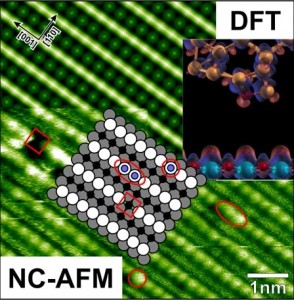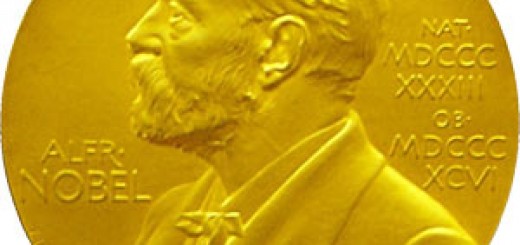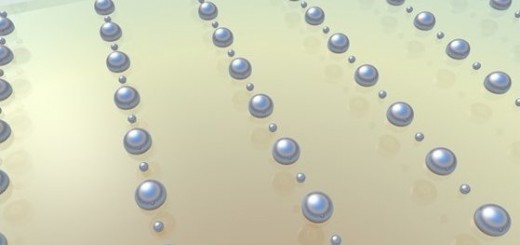Understanding nc-AFM contrast on TiO2 and water adsorption on CeO2
 Wednesday, 14th March 2012. 12:00-13:00
Wednesday, 14th March 2012. 12:00-13:00
Delia Fernández-Torre
Departamento de Física Teórica de la Materia Condensada, UAM
ABSTRACT:
Metal oxides are important for a wide range of technological applications [1]. In order to optimize these proccesses or find new ones it is essential to understand their surface properties and chemistry in detail. Atomically-resolved scanning probe microscopy techniques, like non-contact atomic force microscopy (nc-AFM) [2], combined with theoretical simulations play a crucial role in this respect. In this seminar I will give an overview of our recent and ongoing work on two representative oxide surfaces: TiO2(110) and CeO2(111). I will start by showing how a combination of site-specific force spectroscopy measurements on TiO2(110) and first-principles calculations clarifies the origin of the nc-AFM contrast and let us characterize the tip structures responsible for the two most common imaging modes [3]. The same model tips can be applied to related systems, like single metal atoms (K, Pt) adsorbed on TiO2(110). I will then consider the problem of water adsorption and pre-dissociation on CeO2(111). When modelling ceria, one has to be specially careful with the approach used for the exchange-correlation functional, as the surface is easily reduced, and the electrons tend to localize on f-states [4]. For water on the clean surface, all our first-principles simulations performed at different levels of theory point to the same solution: water can be adsorbed either molecularly or pre-dissociatively, with adsorption energies in agreement with the experimental data available, and a small barrier (about 0.15 eV) connecting the two structures [5]. Finally, I will show some preliminary results for hydrogen adsorption and dissociation on CeO2(111).
[1] U. Diebold, Surf. Sci. Rep. 48, 53 (2003)
[2] R. García and R. Pérez, Surf. Sci. Rep. 47, 197 (2002)
[3] A. Yurtsever et al., Phys. Rev. B, accepted.
[4] M.V. Ganduglia-Pirovano et al., Surf. Sci. Rep. 62, 219 (2007)
[5] D. Fernández-Torre et al., submitted.



















